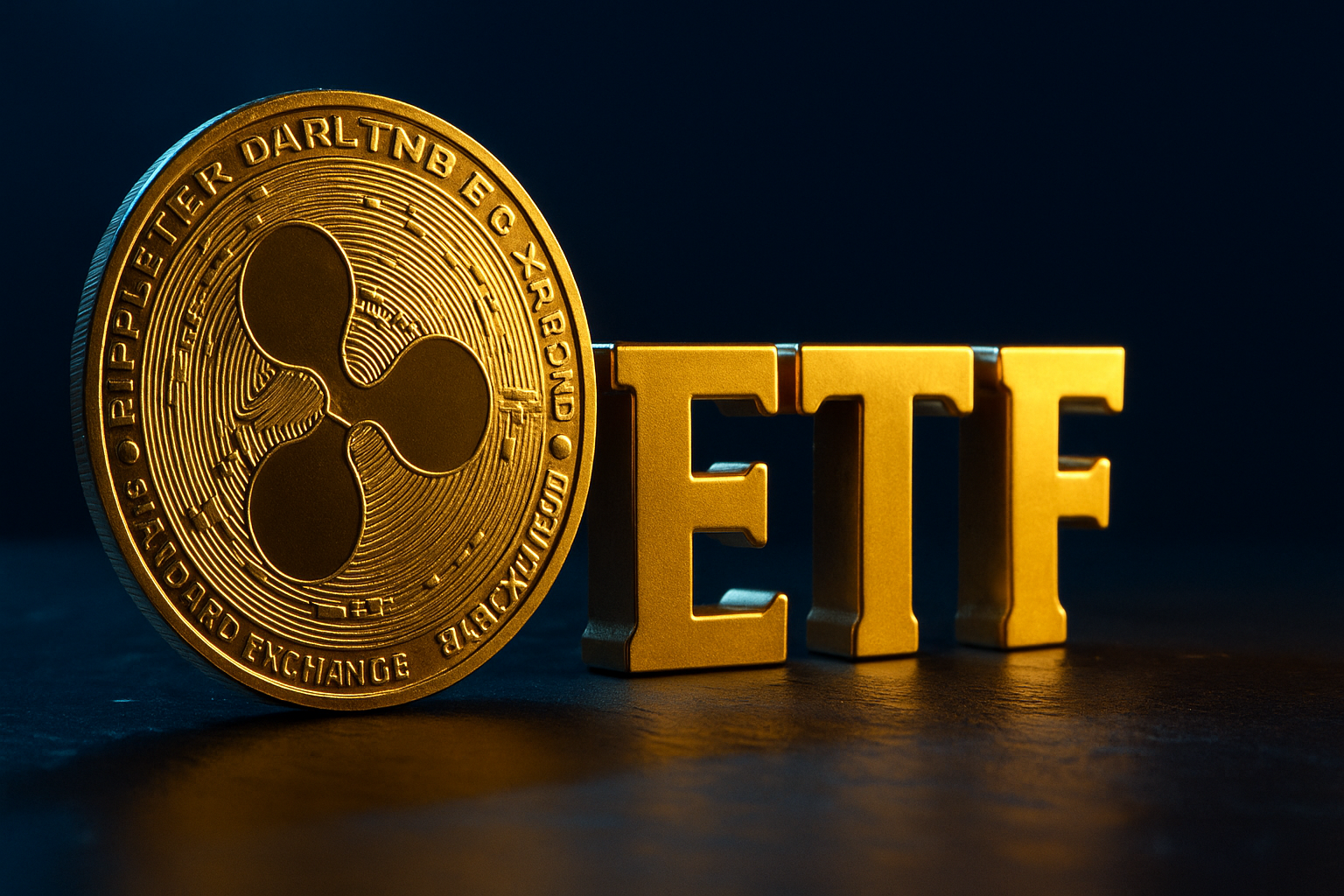Key Points:
-
The U.S. government shutdown froze SEC decision-making on several spot crypto ETF applications, delaying anticipated October approvals.
-
Issuers like Fidelity and Canary Capital are now using “no delaying amendment” S-1 filings, allowing ETFs to launch automatically if the SEC doesn’t intervene.
-
Up to six new crypto ETFs could debut by mid-November, signaling market adaptation amid ongoing regulatory uncertainty.
By SKN News
After a month of regulatory paralysis caused by the U.S. government shutdown, November is shaping up to be the real turning point for U.S. crypto exchange-traded funds (ETFs). What was supposed to be a breakthrough October for spot crypto ETF approvals has instead turned into a showcase of regulatory innovation, as issuers find alternative ways to bring digital asset funds to market — with or without the Securities and Exchange Commission’s (SEC) active approval.
In recent weeks, at least four crypto ETFs — two from Canary Capital, one from Bitwise, and another from Grayscale — began trading through a procedural shortcut that allowed their registration statements to become effective automatically after a 20-day window elapsed. Now, firms like Fidelity and Canary Capital are following suit, filing updated S-1 forms that could see their funds go live as early as November 13.
Shutdown Fallout Delays SEC Crypto Decisions
October had been widely anticipated as the “ETF month” for digital assets, with decision deadlines stacked across several high-profile applications. But when the federal government shutdown forced the SEC to suspend nonessential functions, the agency effectively stopped reviewing or approving ETF proposals — derailing what many saw as a pivotal moment for institutional crypto adoption.
Under U.S. securities law, the SEC has strict timelines to approve or reject filings. However, a shutdown halts that process, freezing deadlines and leaving applicants in limbo. The result has been a regulatory bottleneck — and growing frustration among issuers, investors, and market makers eager to capitalize on the sector’s momentum.
Now, ETF sponsors are using “no delaying amendment” language in their S-1 filings, a technical provision under the Securities Act of 1933 that allows registration statements to automatically take effect after 20 days unless the SEC intervenes. The SEC’s inaction during the shutdown, intentional or not, has allowed several funds to go live by default.
Fidelity, Canary, and the Next Wave of Filings
The success of the first wave of ETF launches this week has emboldened other issuers to take the same route. On Thursday, Fidelity Investments filed an updated S-1 for its spot Solana ETF, while Canary Capital did the same for its proposed XRP ETF.
If the SEC remains inactive and does not issue a stop order, these funds could enter the market by mid-November, potentially marking the first-ever XRP ETF in the United States.
However, analysts caution that this workaround is not universally applicable. While the SEC has already provided comments on filings related to Solana (SOL), Litecoin (LTC), and Hedera (HBAR) ETFs, it has not yet reviewed XRP-related products — a gap that could give the agency grounds to intervene before automatic effectiveness.
“I think it’s possible we see a bunch of the funds launch next month,” said James Seyffart, ETF analyst at Bloomberg Intelligence. “That could be true whether or not the government reopens. But there are filings that haven’t received any SEC feedback at all — and I’m not sure they can launch without the SEC getting back to work.”
ETF Issuers Take Control as Market Demand Builds
For ETF sponsors, the shift reflects a new phase in the multi-year campaign to bring crypto ETFs to U.S. markets. Instead of waiting for a formal nod from regulators, firms are leaning on procedural and legal mechanisms to move forward — effectively turning the absence of government oversight into a temporary green light.
The strategy also underscores how critical stable regulatory infrastructure has become to the broader digital asset economy. Following the GENIUS Act’s passage earlier this year, which established comprehensive rules for stablecoins and digital assets, investors have been eager to see complementary progress in ETF approvals — viewed as the next major bridge between traditional finance (TradFi) and crypto markets.
In the meantime, the SEC’s absence has not dampened enthusiasm. Spot ETFs tracking Bitcoin (BTC), Ether (ETH), and emerging altcoins like Solana have seen record inflows globally, suggesting investors are ready for exposure once U.S. markets catch up.
A Regulatory Pause — and a Market Opportunity
Whether November lives up to its new billing as the “second October” will depend largely on political developments in Washington. If the government reopens and the SEC resumes full operations, pending ETF applications could see rapid resolution — either through formal approval or rejection.
If not, issuers may continue exploiting automatic-effect provisions, effectively forcing the SEC’s hand through inaction. The tactic highlights both the creativity and impatience of the digital asset industry, which has waited nearly a decade for full ETF recognition in the United States.
For investors, the coming weeks could mark another inflection point: either a wave of new spot ETFs entering the market by default, or yet another pause in the slow march toward crypto’s mainstream adoption.












Leave a comment